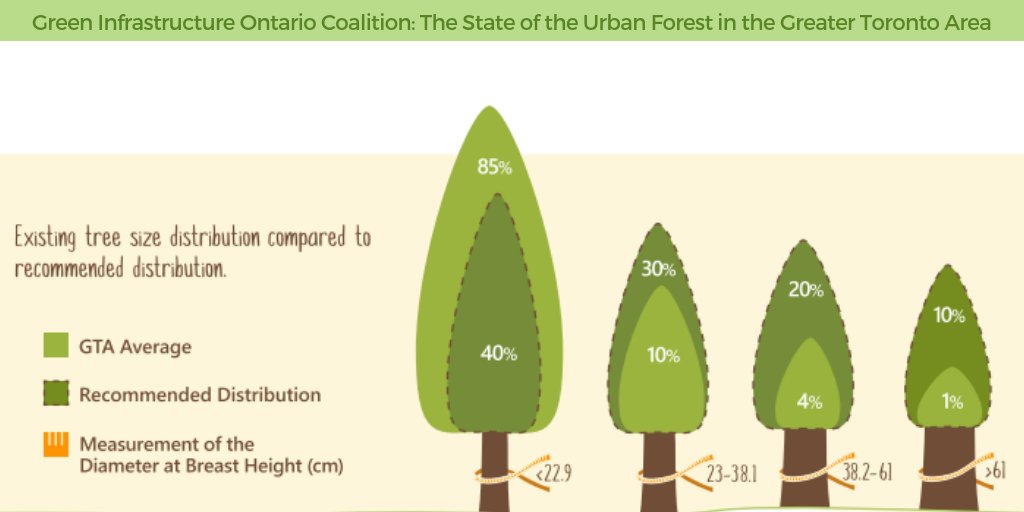Tree Trimming Mastery: Basic Methods For A Vivid Landscape
Tree Trimming Mastery: Basic Methods For A Vivid Landscape
Blog Article
Post Produced By-
When it pertains to creating a landscape that thrives, grasping the art of tree trimming is a must. Think of having the ability to shape your trees with precision, guaranteeing their vigor and charm for several years ahead. By finding out the important methods for appropriate cuts, timing, and structural training, you hold the trick to a thriving outside room that will thrill all who experience it. Yet just how do these pruning approaches truly influence the health and wellness of your trees and the overall landscape visual?
Correct Pruning Cuts for Tree Health And Wellness
When it pertains to keeping the health of your trees, making correct trimming cuts is important. Wrong cuts can lead to condition, insect problem, and overall tree decrease. To make sure the vitality of your trees, constantly start by using sharp, tidy tools to make precise cuts.
Begin by identifying the branch collar, a swollen area where the branch affixes to the trunk. Reducing just outside the collar helps promote correct recovery and decreases the threat of infection. Stay clear of leaving stubs as they can invite insects and diseases right into the tree.
Keep in mind to make cuts at a mild angle, sloping far from the trunk, to prevent water from pooling on the wound. Furthermore, get rid of any kind of dead, harmed, or crossing branches to enhance air flow and sunshine penetration.
Timing and Frequency of Trimming
To maintain the health and framework of your trees, understanding the ideal timing and regularity of trimming is critical.
The very best time to trim trees is typically throughout the dormant period in late winter season or early spring. Trimming during team trees count promote new growth once the tree begins budding in the spring.
Nonetheless, some trees, like spring-flowering ones, are best pruned right after they finish flowering to prevent cutting off next year's flower buds.
Normal pruning is necessary, yet the regularity relies on the tree types and its development rate. For most trees, a yearly evaluation to remove dead, infected, or going across branches is recommended. Young trees might require even more constant trimming to develop a strong structure, while fully grown trees might only need upkeep trimming every couple of years.
Stay clear of pruning during the autumn when illness are a lot more easily spread out, and refrain from hefty trimming during the summer when the tree is proactively expanding.
Training Young Trees for Structure
For developing strong and healthy and balanced trees, training young trees for ideal structure is essential. By forming a tree when it's young, you established the structure for a durable and visually enticing fully grown tree.
Begin by identifying the central leader, which is the primary upward-growing branch. Motivate the main leader's growth by pruning away competing leaders, assisting the tree establish a strong main trunk. Additionally, get rid of any kind of branches that grow internal or downward, as they can create architectural issues as the tree expands.
It is necessary to area out side branches equally around the trunk to promote balanced growth. As the tree develops, remain to monitor its growth and trim as needed to preserve its shape and framework.
Properly trained young trees are less most likely to establish weak crotches or overcrowded branches, reducing the risk of damage throughout storms. Spending time in training young trees will repay with a beautifully structured and resilient tree in the future.
Conclusion
Now that you have actually understood the necessary techniques of tree pruning, your landscape gets on its means to thriving. By using sharp devices, making accurate cuts, and effectively timing your pruning sessions, you are making certain the health and wellness and longevity of your trees. Keep in visit site to consistently inspect and preserve your trees to maintain them thriving. With your newfound knowledge, your landscape will continue to expand magnificently for years ahead. Maintain the magnum opus!
